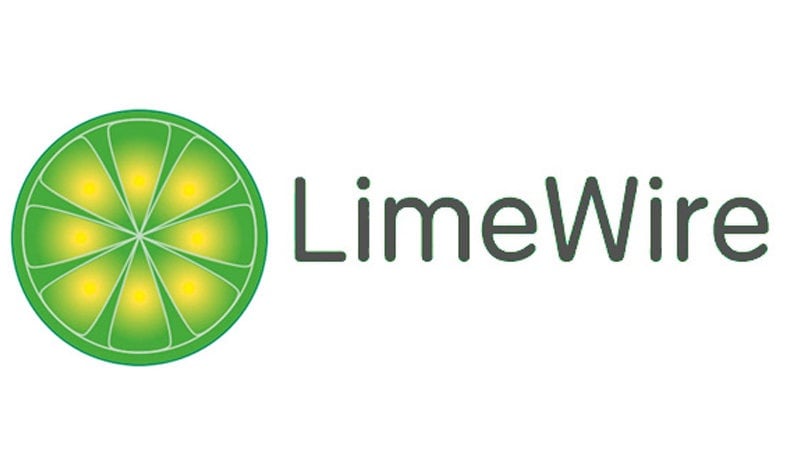AI will Define the Next ‘Facebook’ of Music (Op-Ed)

There is a Napster moment happening in the music industry.
On Tuesday, June 25, a lawsuit by all major music labels was made public against two generative AI music companies, Suno and Udio, accusing the companies of “willful copyright infringement on an almost unimaginable scale.”
The three music labels are pushing for a jury trial, claiming that the music created on these platforms closely resembles recordings owned by the labels.
Suno was released in December 2023. Six months later, we are witnessing a lawsuit that might have transformative effects on how AI will be utilized in the music creation space.
Let’s go back to the late 90s and early 2000s.
In June 1999, exactly 25 years ago, a peer-to-peer (P2P) file-sharing service called Napster was launched. It utilized the internet to allow people to share and download MP3 files. Ten months later, Metallica filed a lawsuit against Napster for copyright infringement after discovering a demo of their song was being shared on the platform. More musicians, including Dr. Dre, joined the lawsuit shortly after. In 2001, a judge ruled that Napster must remain offline until it could prevent copyright-infringing file sharing.

Napster reached a settlement with Metallica and Dr. Dre, but it was too late. It went bankrupt in 2001, only two years after its launch. Attempts were made to legitimize the company a year later when Roxio acquired the brand, but it was too late. The damage was done, and Napster never recovered.
In April 2003, Apple launched the iTunes Music Store, offering legal music downloads for $0.99 per song, marking a shift toward legal digital music distribution. A few months later, Napster was relaunched as a legal online music store but did not succeed. Spotify was launched in 2006, and the rest is history. It’s worth mentioning that Napster tried to relaunch again in 2016 as part of a rebranding effort but failed yet again. Two years later, Spotify went public on the stock exchange.
Another side example is Limewire, a streaming service that suffered a similar fate as Napster but was smaller and had a slower demise.

Now, we arguably have two new companies in the music space that resemble Napster and Limewire: Suno and Udio. It will be interesting to see how recent developments pan out. There is one fundamental difference between what happened in the streaming wars back in the early 2000s and the current music creation wars.
The legal and ethical aspects of both cases are clear: you should not mess with the music labels. Lawsuits do not always mean companies will fail (Spotify is an excellent example of this).
The fundamental difference between the streaming wars and the music creation wars is that now, the transformative new technological framework of artificial intelligence has been utilized in the wrong fashion. Visualizing the future of AI in music, we can already draw insights from existing developments. When the image generation tool Midjourney was released, many predicted a grim future for stock photographers and designers. However, while these fields have felt the impact of automation in their routine tasks, the reality has not been as dire as anticipated.
Generative AI tools shine brightest when working with large, well-defined datasets. This strength is also their primary weakness: they cannot exceed the quality or intent of the data they replicate. Despite the impressive capabilities of these models, they often fall short when used in isolation, failing to meet the nuanced expectations of users who understand their limitations. Companies like Adobe have recognized this and have incorporated generative tools into their editing suites, offering them as interactive, futuristic stock image services that prioritize user control.
This approach, termed “assistive AI,” is designed to complement human creativity rather than replace it.
So, how does this apply to music? The goal of AI in this domain is not to supplant serious composers, producers, or songwriters. The necessary datasets for such a replacement simply do not exist and likely never will. This inherent limitation of generative AI models means their value increases when their output is precise and aligned with the intended use. For serious music creation, it’s not about generating whimsical requests like “make a pop song about my cat.” Instead, it’s about addressing practical needs like “quickly add this specific sound to my track,” thus integrating AI into existing technology to enhance content creation and keep the creator in control.
The next wave of music creation tech companies utilizing AI will hone in on assistive AI methodologies. The second mover advantage is really an advantage.
Before a new format for technology is established, companies have to crash and burn. Two examples in consumer technology stand out.
The first one is the search engine example. Before Google, there were many search engines fighting for the number one spot: Webcrawler, Lycos, Altavista, Excite, Dogpile, and Yahoo. How did Google succeed eventually? A combination of technological innovation, strategic business decisions, and a focus on user experience.
Google became the world’s number one search engine through factors such as the PageRank algorithm, user experience improvements, strategic business decisions, robust infrastructure, and effective brand and market penetration. Similarly, in the rise of social media, before Facebook, there were companies like Myspace, Friendster, and Six Degrees. Facebook succeeded due to its user-centric design, network effects, strategic features, effective monetization strategy, global expansion, adaptability, and competitive positioning.
Now, if Suno and Udio represent Napster and Limewire, what kind of music creation companies are going to become Apple Music and Spotify? The answer is simple. Companies that have the right use case for AI. It will be assistive and superior.
OverTune has built an ethical loop dataset of unmatched quality regarding precision and intent in music production. It’s a library custom-made to support precisely this function: to aid the creator by providing new loops that fit a wider vision. Let’s call it the musical equivalent of Adobe’s Generative Fill.
The model is called LoopGen. It is trained on hundreds of beat packs tested on the platform from 2022. It is a generative AI model embedded directly into an interactive beat editor that enables users to create editable instrument loops and use them alongside high-quality, human-made loops to arrange their music. It eliminates copyright and licensing headaches and integrates with DAWs and other production tools. The magic here is that this model is not limited to one-shot outputs like other AI music solutions but prioritizes musical structure and human creative control.
The current situation with Suno and Udio mirrors the early 2000s’ Napster moment, highlighting the ongoing clash between innovative technology and established industry norms.
As history shows, transformative technologies often face significant challenges before finding a sustainable path forward. The future of AI in music will likely revolve around assistive tools that enhance rather than replace human creativity, much like how successful technology companies of the past have evolved to meet user needs effectively.
Sigurdur Arnason is co-founder founder and CEO of OverTune, the music creation app. OverTune was developed in Iceland, launched in 2020 and recently announced an integration with TikTok’s SoundOn music distribution platform.






























